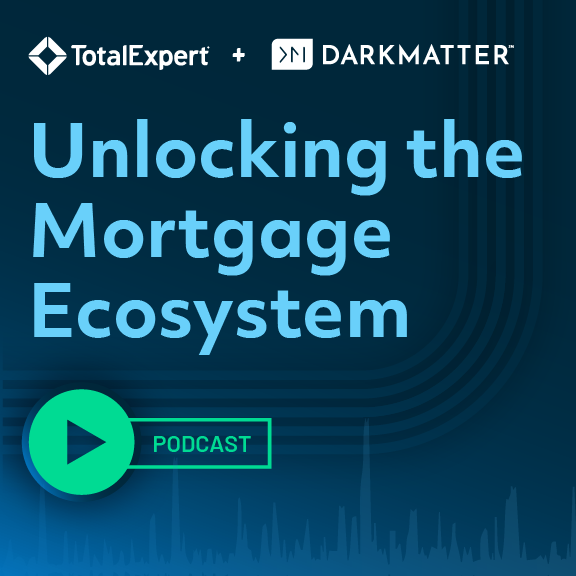There are several narratives rotating through the news at any given time that make their way into the public consciousness. When it comes to real estate, mortgage financing and the housing market overall, industry professionals often find themselves at the mercy of mainstream media reporters and producers who spin stories without basic industry knowledge to calibrate their interpretation of random stats and present data without insight. Realizing that the news can help or hurt business, mortgage loan officers (MLOs) and Realtors should be apprised not only of the actual news, but how it’s being portrayed so they can use their experience and knowledge to translate what it means in general and to specific individuals.
What appears to be bad news may in fact present opportunities for multiple market segments; lenders and agents can add value to consumers – and generate business – by sorting through details and uncovering what various developments mean to their target customers and communities. As we enter 2018, companies, MLOs and Realtors should resolve to get the right messages out through consistent contact and education-based marketing.
Narrative: Home prices keep climbing – we’re headed for another housing bubble. Housing prices have outpaced forecasts this year by varying degrees – depending on which data house you follow. Real estate information provider CoreLogic predicted five percent appreciation for 2017, but the numbers are currently closer to seven percent. While Florida-based Realtor Brett Maternowski describes market conditions as “a recipe for a self-sustaining housing bubble,” pedigreed industry heavyweights disagree.
Mortgage Bankers Association (MBA) Chief Economist Mike Fratatoni and Fannie Mae Chief Economist Douglas Duncan attribute the increases to steady growth amidst assertions that conditions differ greatly today from the years that led to the crash of the late 00s. Rising prices are a reality, but a bubble on the horizon is mere conjecture.
Opportunity: Shift consumer focus from prices to affordability of homes and mortgage rates. Zillow’s Q317 Housing Affordability Report shows homeownership is more affordable than rent in many major U.S. metro areas, so put the time and effort into moving beyond quick lead follow-up to detailed consumer consultation to increase conversions. In another sector, rising home prices turn post-close databases into veritable gold mines.
Reluctance of homeowners to put their homes on the market and face the possibility that finding their next home may be quite difficult is a contributing factor in our nationwide housing inventory shortage. It may not make sense for a majority of your past clients to consider moving up or downsizing in today’s market climate, but you may find many in your database to help who wish to wait it out and remodel or take advantage of still-favorable interest rates to advance other goals.
Narrative: Millennials aren’t interested in homeownership – they plan to rent forever. It wasn’t hard to convince parents with 20-somethings living in their basements that Millennials weren’t interested in owning their own homes, but Case-Shiller Home Price Index and Pulsenomics founder Terry Loebs points to social media and a lack of foundational research as the culprits for misdirecting the public’s thinking on Millennials and homeownership.
In reality, housing market and overall economic recovery has begun to “awaken homeownership demand” in the under-35 age group according to a new study published by Fannie Mae’s Strategic Planning Director Patrick Simmons and University of Southern California Professor Dowell Myers.
Opportunity: 88 million potential households. The biggest group of home buyers to ever hit the U.S. housing market is out there – and mortgage rates are still historically low. Education-based marketing is the best way to connect with this gigantic demographic because they are diligent about doing research – especially for major purchases like homes.
A great way to get the attention of younger and first-time home buyers is by making sure they understand that it doesn’t take a 20% down payment to buy a home. In fact, the average down payment is only 7.6% of a median-priced home according to ATTOM Data Solutions. Reaching out to renters with information that lowers anxiety about their ability to buy is a great way to capture interest and motivate them to explore options.
The path to lead conversion rarely differs: MLOs and Realtors must connect, educate and incubate leads to gain clients. But you can accelerate the process by creating and delivering the real stories about housing, home buying and the market. News will never stop flowing in today’s digital age; but you can use your marketing to fight false narratives and help consumers avoid missed opportunities due to misinformation.


